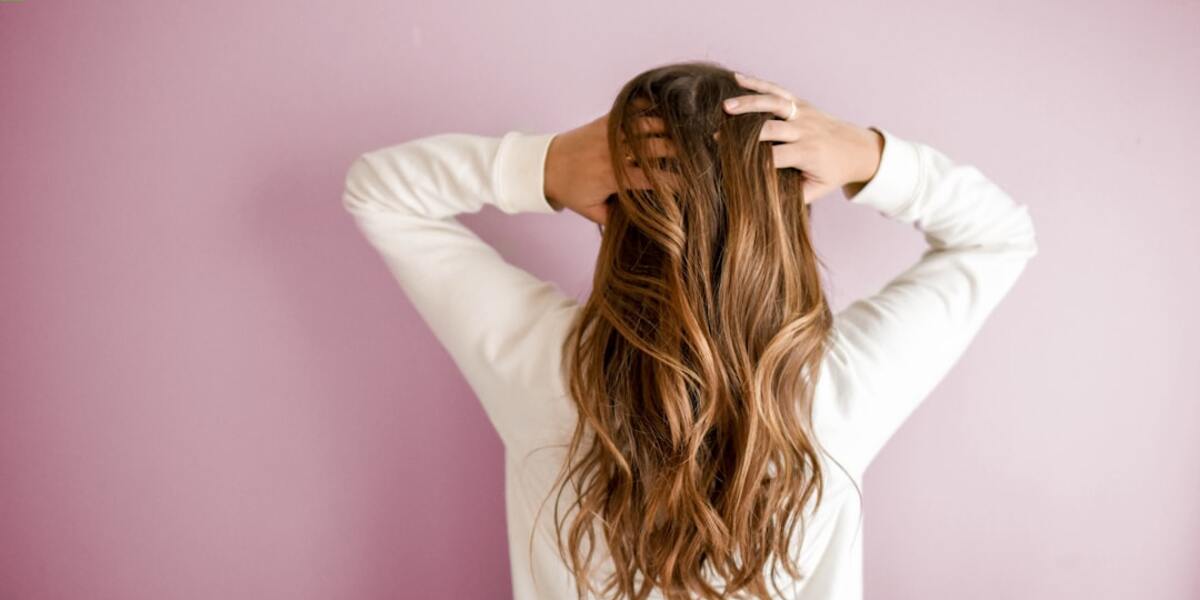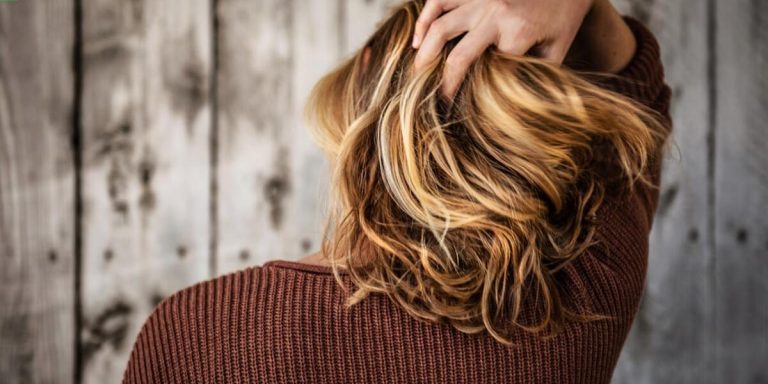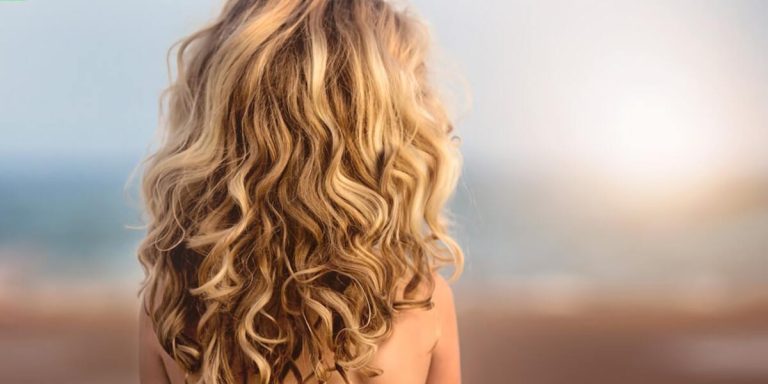Do Headbands Cause Hair Loss? Uncovering the Truth
Are you one of the many people asking, “do headbands cause hair loss?” If so, this article will shed light on your concerns. Hair accessories like headbands are widely used for both functional and aesthetic purposes. While they can add a touch of glamor to any outfit or keep unruly strands in check during workouts, there’s been ongoing debate about their potential links to hair loss.
In our quest to debunk myths around hair health, we take an analytical dive into whether wearing headbands can indeed lead to unwanted thinning and shedding. We’ll explore scientific insights behind these claims while also offering practical advice on using such accessories without adverse effects. Stay with us as we expose the truth about possible ‘hair loss causes’ tied up within seemingly benign everyday items.
Did you know?
Tight and frequent use of headbands can cause a type of hair loss known as traction alopecia, which is caused by the constant pulling or tension on hair roots. This condition isn’t widely recognized but is prevalent among headband users.
Understanding Traction Alopecia: Do Headbands Cause Hair Loss?
The connection between headbands and hair loss, particularly a condition known as traction alopecia, is becoming increasingly clear in the current beauty and wellness landscape of 2023. Traction alopecia manifests as gradual hair loss primarily caused by constant pulling or tension on hair strands over extended periods. A significant number of people regularly wear tight headbands for aesthetic reasons or to secure unruly curls without understanding their potential adverse effects.
Headbands exert continuous pressure around the forehead area where they are often worn tightly during everyday activities like workouts, yoga sessions or even casual outings. This sustained strain can exacerbate existing thinning issues leading to worsening conditions such as bald spots near your temples or noticeable receding of your frontal-line hairs i.e., ‘baby’ hairs.
Not everyone who wears a headband will develop hairstyle-induced baldness, as risk factors depend on an individual’s sensitivity to mechanical stress on the hair follicles and how often and intensely they use such accessories. To prevent health issues, it is important to wear any hairstyling accessory, especially tight fabric bands, in moderation.
Paying attention to early symptoms can help prevent irreversible damage, and developing safe dressing habits can reduce related risks altogether.
Remember – prevention is always better than cure especially in cases pertaining to one’s own crowning glory which once lost may take time (or sometimes never) regrow back fully!
Examining the Link Between Tight Headwear and Scalp Strain
Traction alopecia, a term often bandied about in today’s hair loss discourse, pivots around an intriguing question: Do headbands cause hair loss? This proposition may seem surprising to many who see these accessories as harmless beauty enhancers. However, growing scientific conviction backs up this claim.
The heart of the matter lies primarily within tight headwear and its impact on our scalp health. As straightforward as it appears, consistent strain exerted by taut bands can resultantly weaken roots over time — leading us onto the path towards possible follicular damage and thinning strands.
Take for instance those fitness enthusiasts or sports personnel frequently relying upon heavy-duty headbands for maintaining their meticulous looks during intensive routines. They might unwittingly foster conditions conducive to traction-related hair fall due merely to habitual usage of firm-fitting bands that keep pesky flyaway hairs at bay!
Identifying Symptoms of Hair Loss Due to Headband Usage
Hair loss can have many causes and one that’s often overlooked is the impact of certain accessories such as headbands. So, do headbands cause hair loss? The answer lies within a condition called Traction Alopecia.
Traction alopecia is a type of hair loss caused by constant pulling or tension on hair over time. It affects millions worldwide and in some cases, regular use of tight headbands may be contributing to this problem. Now let’s delve into how you can identify if your beloved accessory might be causing unwanted damage.
The first sign to look for is thinning around the area where the headband sits; usually this would be along your forehead or at the back near your neck. You’ll notice fewer strands growing out from these parts compared to other areas on your scalp.
Secondly, watch out for any breakage especially around those same areas where tighter bands tend to rub against—causing mechanical stress on fragile hairs which could lead them snapping off prematurely than their usual growth cycle allows them too.
Thirdly, another alarming symptom could involve redness or soreness felt directly under where these bands are worn regularly due: it’s essentially an inflammation response from skin being urged protect itself against repeated irritation like rubbing hard materials onto delicate facial tissues all day long!
Investigating Common Myths About Hair Accessories and Balding
Hair accessories, particularly headbands have been under the limelight of speculation in recent years. There’s a pervading myth going around that wearing these trendy items may lead to hair loss or even balding. Though headbands might be guilty for adding flair to your outfit and keeping those wild tresses in check, attributing them as culprits behind hair thinning requires exploration.
To understand this better, one must get into the root cause – literally! Hair growth occurs predominantly from follicles situated within skin layers on our heads with each having a life cycle of its own. When external pressure is exerted such as tight ponytails or closely worn headbands repeatedly over time, it can potentially affect these sensitive follicles leading to what is known scientifically as Traction Alopecia.
However this does not infer all use of headbands will result in damaging outcomes; frequency and mannerisms play significant roles too. For instance using softer padded bands versus tighter ones could make an enormous difference besides ensuring they aren’t worn incessantly gives rest periods for your scalp helping maintain healthy roots underneath.
In essence while there maybe some truth masked by prevalent myths concerning relationships between constant squeezing due to tightly-wound accessories like headwear inducing loss strands remember moderation key factor when accessorizing especially something close-contact delicate areas such cranium where follicular health has direct impact overall condition genteel locks because ultimately beautiful lock starts robust well-cared roots beneath surface level out sight but definitely never mind!
Debunking Misconceptions Surrounding Headbands and Follicle Damage
The question “do headbands cause hair loss?” often circulates within the realm of fashion and health. Here, we debunk common misconceptions surrounding this topic.
Headbands have been a style staple for generations, but some concern arises regarding their potential contribution to follicle damage. While prolonged tension can lead to traction alopecia – a form of gradual hair loss caused by pulling force applied on your hair – it’s essential to understand that not all headband usage will result in this scenario.
It’s about how you wear them and the type of headband you choose. Sure, excessively tight or hard materials might inflict pressure resulting in breakage or stress at the roots over time.
However, wearing soft fabric-type bands loosely without tugging harshly at the scalp should be harmless for most individuals.
Understandably if already suffering from thinning due to hormonal changes such as post-pregnancy or menopause-a condition called female pattern balding-headbands may exacerbate shedding when worn tightly. Such cases heighten sensitivity towards any additional strain; hence care is needed with accessory choices during these times especially.
Analyzing Scientific Evidence on Headgear as a Culprit for Thinning Hair
The internet is teeming with theories and conjecture, especially when it comes to hair loss. Among the most debated topics: do headbands cause hair loss? It’s a valid query that requires careful deliberation anchored in scientific reasoning.
A common belief among many individuals across different cultures suggests that frequent wearing of tight-fitting headgear such as hats and headbands may be causing their receding hairline or thinning strands. This theory hinges on the assumption these accessories exert excessive pressure on scalp leading to compromised blood circulation, which could potentially hinder healthy growth of new hairs.
On another note though – some researchers have noted an interesting trend tied specifically to tight-fitted elasticized bands often used by athletes during prolonged physical sessions under hot sun for keeping sweat away from reaching eyes. The stress exerted repetitively along same region causes localized trauma resulting in traction alopecia; marked by progressive weakening roots overtime until they eventually give up amidst continued affliction.
Protective Measures Against Accessory-Induced Hair Thinning
Choosing the right accessories for your hair is as important as selecting a suitable shampoo or conditioner. Some of you may wonder, “do headbands cause hair loss?” The answer could surprise you – excessive and repeated usage of too-tight headbands can indeed lead to accessory-induced thinning due to traction alopecia. This happens when undue tension and pulling on individual strands gradually damage the hair follicles.
But there’s no need to panic just yet; avoiding this kind of mishap largely revolves around prevention measures that are both feasible and straightforward. Adopting these techniques will not only save you from unwanted strains causing harm but also promote healthier locks in general.
Ensure your cloth bands fit snugly but comfortably without stressing the scalp. Wear them for limited periods with breaks to let your tresses relax. Choose soft cotton materials instead of rubber to prevent digging into the skin and reduce breakage or cuticle wear-and-tear during activities like exercise.
There’s certainly nothing wrong with wanting those perfect sleek backdos now and then– it simply requires more awareness about potential repercussions along with savvy choices leading up towards safer practices worth embracing here onwards within our stylish journey sojourning through life beautifully coiffed amidst 2023’s beauty trends!
Selecting Safe, Non-Damaging Types of Headbands
In the quest to adapt fashion-forward headgear, it’s crucial you prioritize your hair health. The question “do headbands cause hair loss?” has been circulating on diverse platforms for quite some time now. Specifically addressing this concern calls for an analysis of factors that could potentially stimulate such a condition.
First and foremost, tight-fitting or rigid types of headbands can trigger tension at the roots which subsequently may cause traction alopecia – a form of gradual hair thinning due to sustained pressure on follicles. Hence, opting for loose-fit models would go a long way in preventing accessory-induced scalp issues.
Prioritize padded fabric-based options when selecting headbands since they provide sufficient elasticity without compromising comfort. Materials such as cotton or silky blends are particularly gentle on strands and conducive to maintaining overall lustre as well.
Next up is paying heed towards frequent usage periods involved with these accessories. Limiting them only to necessary occasions like workouts or outdoor activities guarantees minimal strain upon delicate follicles whilst successfully avoiding unnecessary friction against strands henceforth eliminating chances of breakage too.
Also worth noting is awareness about cleanliness practices associated with routine use headband items considering residual sweat build-up often leads towards frizzy conditions sometimes culminating into more severe scalp concerns over extended durations.
Best Practices for Wearing Hairstyles Involving Bands Without Harming Your Scalp
The question, “do headbands cause hair loss,” has been a rising concern among fashion enthusiasts and those who opt for comfort. While the act of wearing bands might not directly lead to hair thinning or bald patches, improper use can undoubtedly catalyze unnecessary tension on your scalp and contribute to accessory-induced damage.
Here are ways you can ensure both style and hair health while donning these trendy additions:
1. **Avoid Tight Bands:** The primary rule? Keep it loose!
Wearing tight-fitting headbands applies pressure continuously which hampers blood flow in your scalp. Opting for non-slip yet softer versions without an overly snug fit is much healthier — less strain equals lesser chances of breakages!
2. **Change Locations Regularly:** If you prefer having bands around most times, consider changing its position now and then during the day. This helps distribute any existing stress over various sections instead of one area being subjected throughout.
3. **Take Breaks**: It’s highly recommended that you take frequent breaks from wearing a band; let your follicles ‘breathe’. Overuse often results in mechanical traction alopecia due to consistent pulling at roots.
4.Avoid Sleeping with Hair Accessories: Ensure removal before bed each night as moving around whilst asleep may strengthen their adverse effects unknowingly.
5.Gentle Removal: Always remove them slowly & gently after usage rather than yanking away – abrupt movements could potentially dislodge fragile strands causing visible thinness overtime.
Conclusion
In summary, whether “do headbands cause hair loss” is a yes or no depends on their usage. Overuse and tight fittings might lead to certain types of hair damage and ultimately, potential hair loss. However, with the right care – choosing softer materials, not wearing them too tightly or frequently – you can still enjoy your favorite accessory without risking those precious strands.
It’s crucial to remember that understanding the causes of hair loss isn’t confined merely to unraveling myths about headbands but delving deeper into various factors like diet, genetics, stress levels etc. We invite you to explore our website further where we shed light on many such intriguing ‘Hair Loss Causes’. Stay informed because knowledge truly is power when it comes to preserving your crowning glory!







